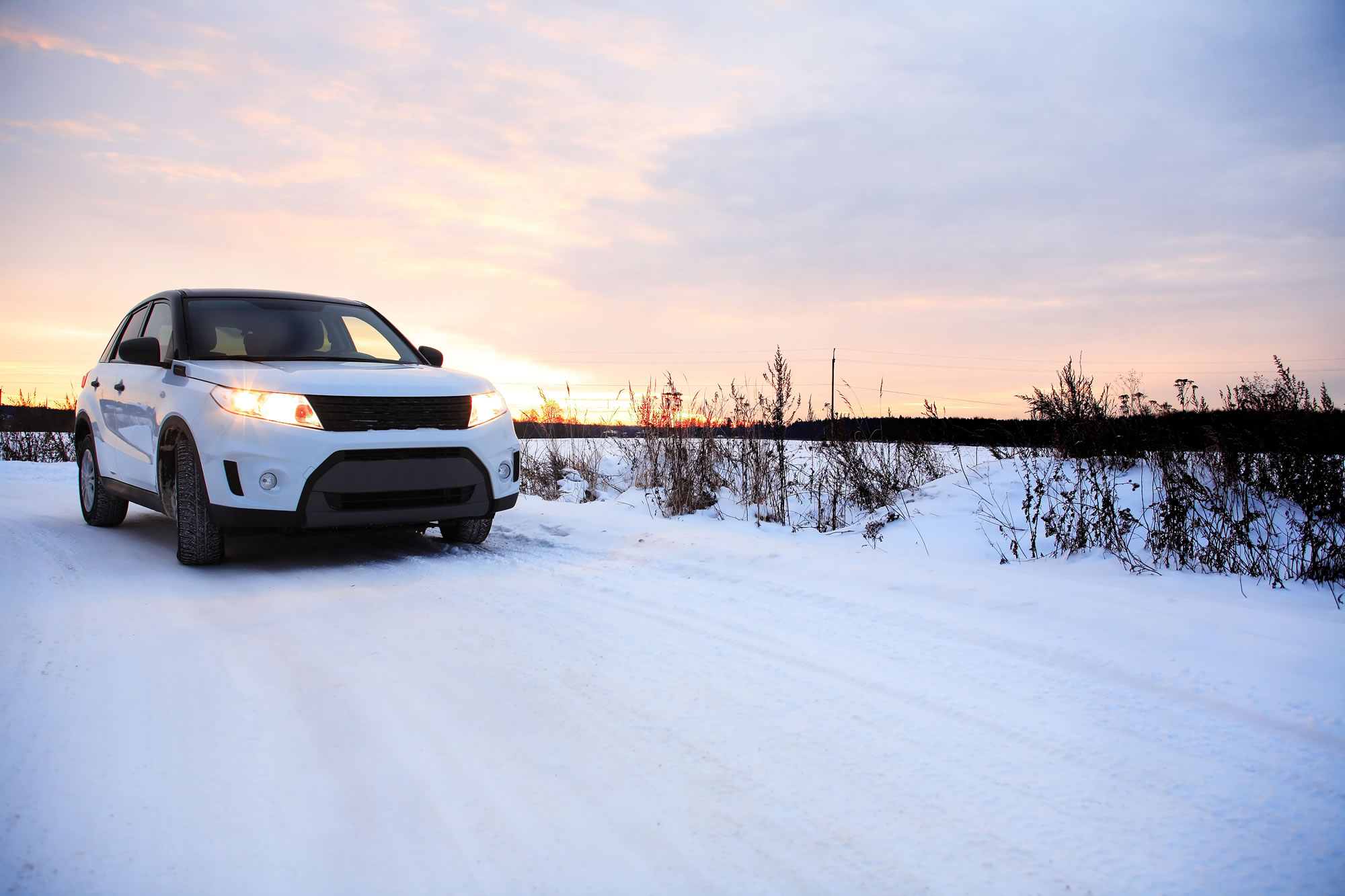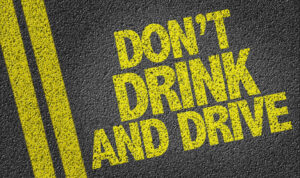Winter is here and that means making some changes and plans for how you tackle the roads. One little snowflake is so delicate, but a billion of them at once can be deadly. The same is true with raindrops.
It may be rare to find ice and snow on streets in the Lower Mainland, but it does happen. Even wet streets can be dangerous, and if the temperature drops, it can turn into a virtual skating rink. Statistics from ICBC and police reports in BC show twice as many car crashes in December than in October.
So gear up and get ready for winter driving.
Check the conditions
Whether you’re hitting the Sea to Sky highway or want to avoid an accident on the Coquihalla, check your local forecast and driving conditions before hitting the road. DriveBC offers an excellent resource with frequent updates for highway conditions across the province.
Prepare for the drive
Give yourself plenty of time to get to your destination. Traffic slows during bad weather and you don’t want to feel rushed or pressured in such conditions. Plan your route and let others know where you are going and when you expect to arrive and return. If you run into problems, pull over and let them know you’ll be delayed. Keep a fully charged cell phone with you for communicating and emergencies, but NEVER use it while you are driving.
Keep it clean
Make sure you keep the windshield, headlights and taillights clear so you can see and be seen. But you should also clear off ice and snow from the roof, trunk, wheel wells, and bumpers. It’s dangerous for others to have chunks of ice and snow flying at them at high speed.
Make sure you have plenty of windshield fluid and your wipers are working properly. Snowy, slushy, and wet roads are dirty roads and that means frequent use of both. And just for good measure, give all lights and reflectors a squeegee every now and then, especially before heading out. They can quickly get covered in dirt.
Stay alert
Winter driving takes all of your attention. So stay focused. Never drive if you are feeling tired or have had alcohol. And of course, keep your eyes on the road. No playing with phones or other distractions like eating, fiddling with the car stereo, or grooming. Get your passengers to help you out by watching for hazards, taking care of any temperature or stereo controls, and making sure you stay alert.
Pack a kit
A winter survival kit for your car is a great help to have on hand just in case you need it. The Canadian Automobile Association recommends keeping the following items in your car:
- shovel, brush, and ice scrapers
- sand or something gritty for traction
- traction mats and a tow chain
- windshield washer fluid and antifreeze
- flares or warning lights
- reflective vest
- matches and survival candles for heat and light
- road maps and compass
- booster cables
- cloth or roll of paper towels
- a blanket, extra clothing, and footwear
- emergency food or snacks
- first aid kit
- flashlight and batteries
You must have the right tires for the road. Many highways in BC require you to use winter tires or chains between October 1 and March 31.
For more information
- Shift Into Winter Driving Quiz, Shift Into Winter
- BC motorists admit to being Canada’s worst winter drivers but many doing little to prepare, BCAA Press Release
If you or someone you know has suffered an injury as a result of a car crash, motor vehicle accident, or someone’s negligent winter driving, you have rights. Contact us today to discuss how our team can help you get on the path to recovery.







